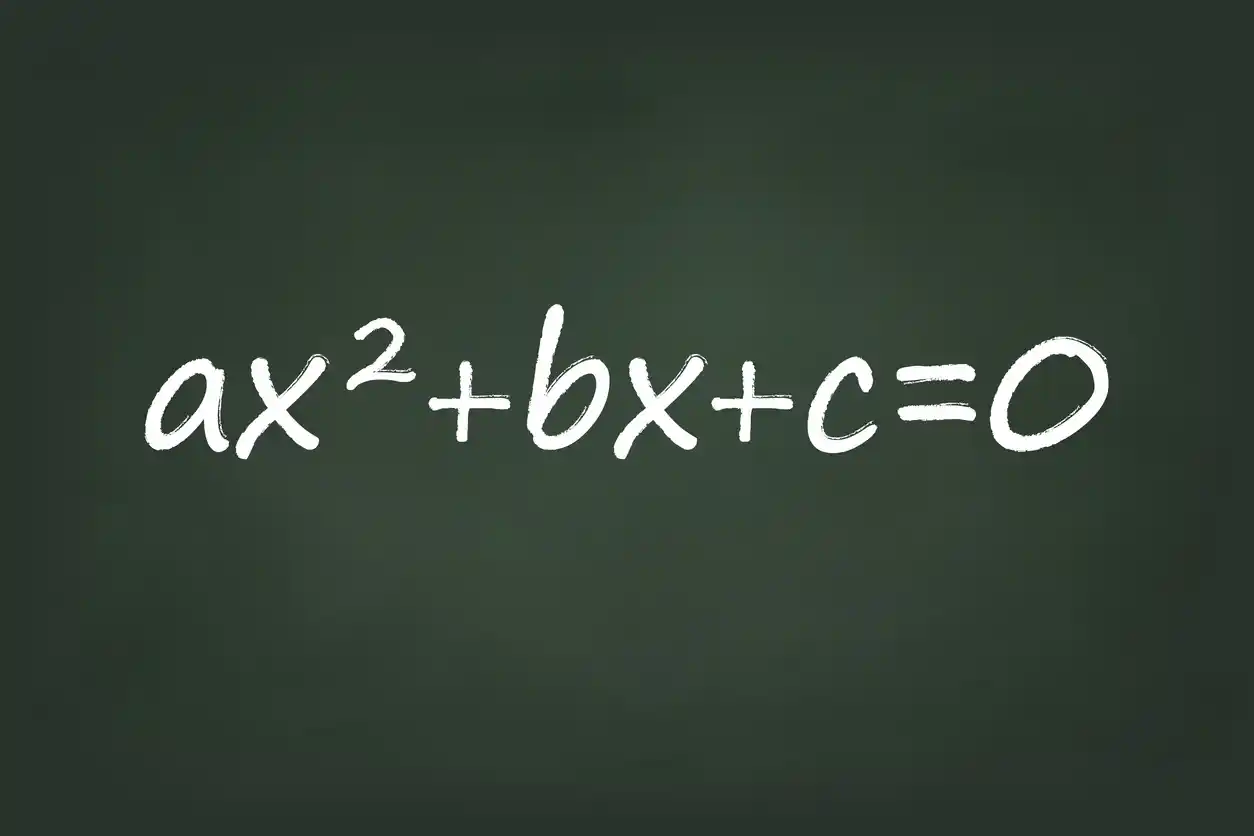Introduction
Polynomial division (dividing one polynomial by another) is a fundamental operation in algebra. An important connection that people don’t realize is that – as annoying as it might be to some students – this skill is essential for solving a variety of math problems, from factoring polynomials to finding roots and solving equations. In this comprehensive blog post, we’ll dive deep into the two main methods of polynomial division: long division and synthetic division.
If you’re a student struggling with these concepts, then you’re in the right place! This post will guide you through the step-by-step process of dividing polynomials using both long and synthetic division. By the end, you’ll be well-equipped to tackle any polynomial division challenge that comes your way!
First Things First
If you’re a teacher reading this, did you grab my *FREE* Algebra 2 Pretest (10 pages) with answers yet? Click here.
You can also see my How To Teach Long/Synthetic Division blog post here.
If you’re a student, this topic is also one of my modules in my online course to get a solid foundation in any high school math subject, not just in Algebra 2 FYI!
Scroll down to see the example I go through in blog form. Or, if it’s easier for you as a more visual learner, check out my YouTube video where I teach this exact lesson below step-by-step.
Understanding Polynomial Division

Before we delve into the specifics of long and synthetic division, let’s first establish a basic understanding of polynomial division. When dividing one polynomial by another, the goal is to find the quotient and the remainder. We need to first know some vocab words:
– Dividend: What’s being divided.
– Divisor: What we’re dividing by.
– Quotient: The result of the division, which is another polynomial.
– Remainder: The value that is left over after the division is complete.
We write the final answer as:
Quotient + Remainder/Divisor
Now, let’s finally explore the two main methods of polynomial division: long division and synthetic division.
Long Division of a Polynomial
This is fortunately similar to the long division method used for dividing integers. Thank goodness! The steps involved in long division of polynomials are as follows:
Step 1: Match the highest variable terms
We are trying to match the term with the highest exponent of both the dividend and divisor. This will help us to determine the first term of the quotient.
Step 2: Multiply and Subtract
Multiply that first term of the quotient by the entire divisor, and I stress “entire” divisor as you should be using the distributive property. Then subtract the result from the dividend (like-terms only).
** Warning: I see a lot of students only subtract the first set of terms, and not the others. Make sure you are completely subtracting top minus bottom.
Step 3: Bring down the next term
Bring down the next term of the dividend to the subtraction line.
Step 4: Repeat steps 1-3 until no further
Repeat the process of matching the highest variable terms, multiplying and subtracting, and bringing down the next term until you can no longer continue. You know when you’re done when the highest exponent of the remainder is one-less-than the highest exponent of the divisor.
Step 5: Determine the remainder
Remember those good ol’ days in elementary school were we would write the answer (quotient) followed by the “R”, and then just stating the remainder? Well those days are long gone unfortunately.
The final result of the division will be the quotient, with the remainder written as a fraction over the divisor.
Let’s work through an example to illustrate the long division process:

Example: Divide
$\frac{2x^2 – 6x + 3}{x – 1}$
Step 1:
Match the highest variable terms. In this case, we need to find a number that, when multiplied by x, gives us $2x^2$
.
Step 2: Multiply 2x by the entire divisor (x – 1), and then subtract the result from the dividend:
$2x(x – 1) = 2x^2 – 2x$ followed by
$2x^2 – 6x – (2x^2 – 2x) = -4x$
Step 3: Bring down the next term, which is 3.
Step 4: Repeat steps 1-3 until you can no longer continue.
Step 5: The final result is the quotient, 2x – 4, with a remainder of -1. The complete solution is written as:
$2x – 4 + \frac{-1}{x-1}$
What is Synthetic Division?

Thank goodness there’s a shortcut! Polynomial synthetic division is the shortcut method for dividing polynomials. The catch is though that it can only be used when the divisor is a linear expression; in other words, the divisor must have degree = 1 (the highest exponent is 1). The steps involved in synthetic division are as follows:
Step 1: Set the divisor equal to zero and solve for x
The first step in synthetic division is to take the divisor, set it equal to zero, and then solve for x. The important connection that students don’t normally make is that this will give you the root or x-intercept of the dividend polynomial.
Step 2: Write the coefficients of the dividend in descending order
Next, write the coefficients of the dividend in descending order of the exponents. If any exponents are missing, make sure to include a placeholder of 0 to maintain the correct order! I see this as a common mistake.
The final setup is to drop down that leading coefficient to start.
Step 3: Perform the synthetic division
The synthetic division process involves multiplying the numbers in the bottom row by the divisor’s root, and then adding the results to the numbers in the top row. This is repeated until the bottom row is filled.
Keep in mind the difference is that in long division, we subtract; and in synthetic division, we add.
Step 4: Interpret the results
Okay, so now we have a whole bunch of numbers at the bottom. How do we read it? Those finally numbers are actually the coefficients of the quotient (answer), with the last number being the remainder.
I normally like to circle the last number, as that reminds me it is always the remainder.
That first number is the coefficient of the first term of the quotient, but very importantly, it is one less than the degree of the dividend. In other words, let’s say that the dividend (what we’re dividing by) is to the 4th power. Then the quotient will start to the 3rd power.
Also, the quotient is written in descending order of the exponents, and the remainder is written as a fraction over the divisor.
Let’s work through the same example, now using synthetic division:

Example: Divide
$\frac{2x^2 – 6x + 3}{x – 1}$
Step 1: Set the divisor equal to zero and solve for x.
x – 1 = 0
x = 1
Step 2: Write the coefficients of the dividend in descending order.
2, -6, 3
Step 3: After performing the synthetic division, the numbers at the bottom should be: 2, -4, -1.
Step 4: Interpret the results.
The quotient is 2x – 4, and the remainder is -1. The final solution is written as:
$2x – 4 + \frac{-1}{x-1}$
Comparing Long Division and Synthetic Division
Both long division and synthetic division are effective methods for dividing polynomials, but they have some key differences:
Divisor Requirements
Long division can be used to divide any polynomial by any other polynomial, while synthetic division is limited to linear divisors (those with a highest exponent of 1).
Step Complexity
Long division involves more steps, including matching variable terms, multiplying, and subtracting. Synthetic division is a more streamlined process, making it generally faster and easier to perform.
Applicability
Long division is more versatile and can be used in a wider range of polynomial division problems. Synthetic division is particularly useful when the divisor is a linear expression, as it provides a quicker and more efficient method.







